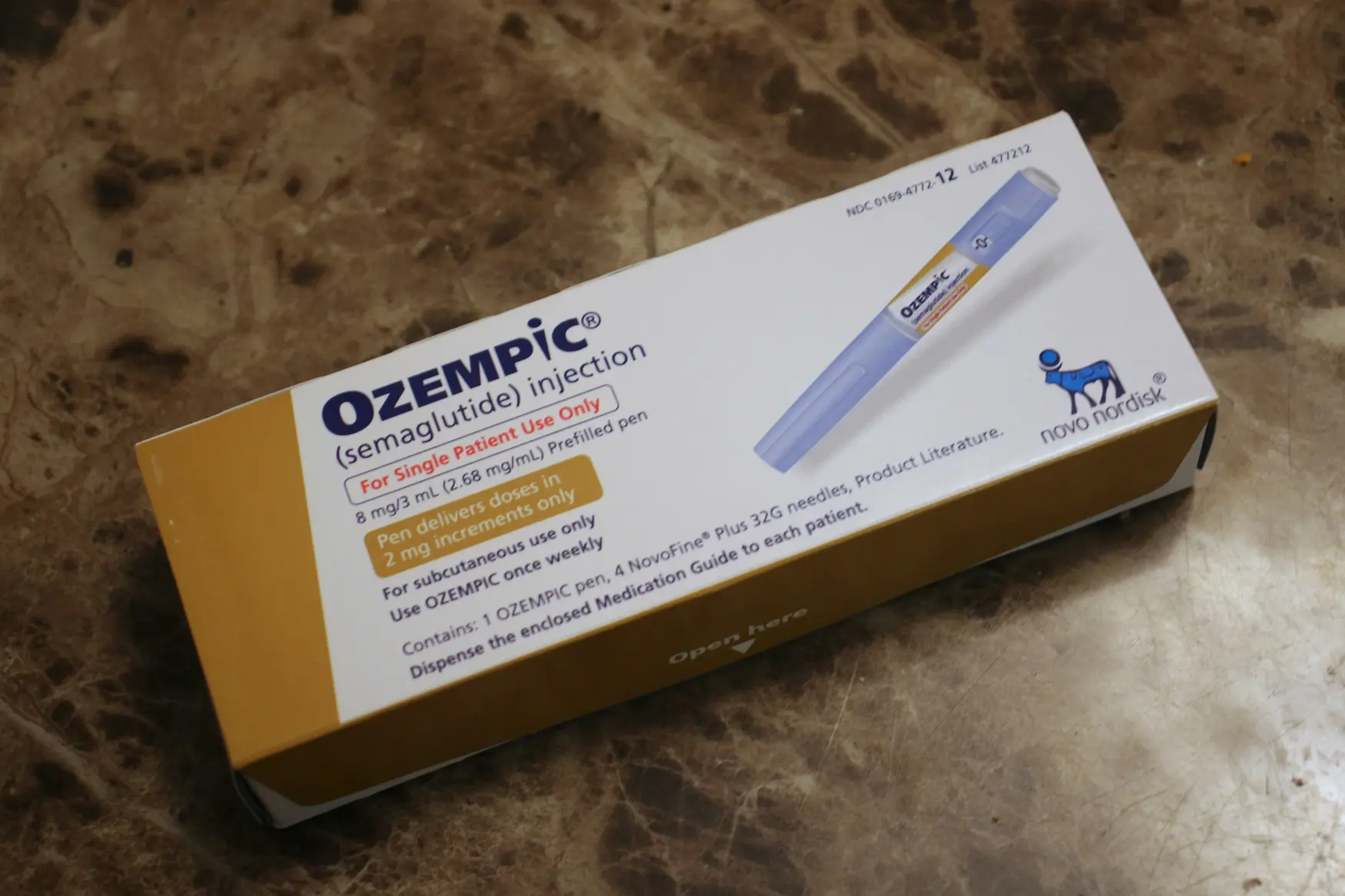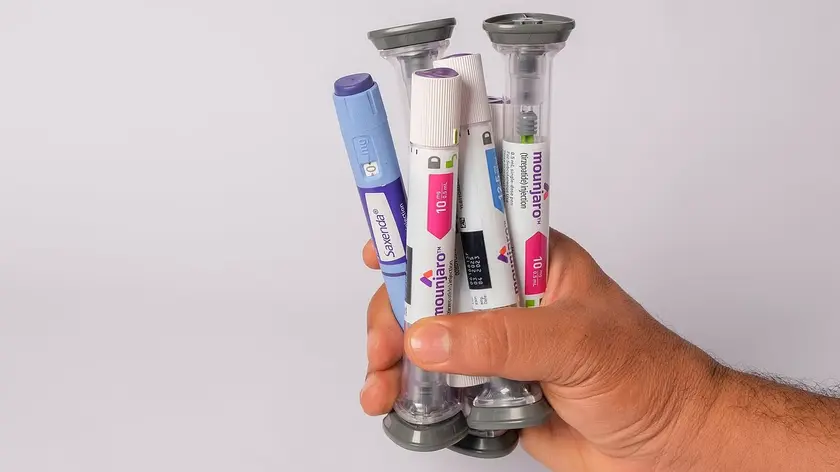T4K3.news
Lawsuits Rise Over Ozempic and Zepbound Safety
More than 2,000 U.S. lawsuits allege serious side effects as regulators update warnings and discovery proceeds.

A growing wave of lawsuits and regulator label updates bring safety concerns about Ozempic and Zepbound to the fore.
Lawsuits Over Ozempic and Zepbound Highlight Drug Safety Questions
More than 2,000 lawsuits have been filed in the United States against Novo Nordisk and Eli Lilly over Ozempic, Zepbound and related GLP-1 drugs. The cases are centralized in MDL No. 3094 in the Eastern District of Pennsylvania and are now in discovery, with plaintiffs alleging serious side effects and inadequate warnings. Defendants contend their labeling complies with federal rules and clearly communicates risk to patients.
Attention has shifted toward Zepbound, a tirzepatide-based drug that has seen rapid uptake for weight management. In February 2025 the FDA updated Zepbound’s product information to include ileus, aligning with changes made to Ozempic and Mounjaro. In August 2025 the FDA issued an advisory about compounded versions of semaglutide and tirzepatide, warning patients against using unapproved formulations. Novo Nordisk has also filed 14 new lawsuits in August 2025 against U.S. pharmacies and clinics accused of selling unapproved compounded versions, underscoring efforts to protect the brand. The litigation remains in discovery, with no bellwether trials or settlements scheduled and a timeline that could stretch into 2026.
Key Takeaways
"Patients deserve clear warnings before harm is done"
Reaction to safety concerns and timing of warnings
"Label updates are a signpost not a finish line"
Regulatory steps indicating ongoing risk assessment
"The law moves slow but it shapes what comes next"
Editorial perspective on litigation pace
"Discovery will define the pace of settlements and impacts"
Comment on litigation progress
The lawsuits illuminate a tension between rapid medical advances and long term safety monitoring. The GLP-1 class has reshaped weight management and diabetes care, but legal action could influence clinical uptake, patient trust, and pricing dynamics. Regulators updating warnings signal that agencies are catching up with real world data, not just trial results, potentially prompting earlier clinician disclosures and patient conversations. The discovery process will determine how strongly these safety concerns translate into settlements or policy changes, and when the first test cases appear.
These developments also test how safety information travels from trials to clinics to patients and how pharmacies handle compounded versions of these drugs. Novo Nordisk extending its legal strategy to pharmacies and clinics suggests a broader effort to control distribution and curb unapproved formulations. The next few months will reveal whether safety concerns translate into lasting policy shifts, changes in access, or price adjustments for GLP-1 therapies.
Highlights
- Warnings should arrive before patients are harmed
- Label updates are a signpost, not a finish line
- The law moves slow but it shapes what comes next
- Discovery will set the pace for settlements and access
Safety and regulatory risk around GLP-1 drugs
The rising lawsuits and shifting FDA warnings raise questions about safety oversight, company responsibility, and market impact. Regulatory actions and litigation could influence access, pricing, and public trust in GLP-1 therapies.
The balance between safe treatment and patient access will keep shaping this fast changing drug class.
Enjoyed this? Let your friends know!
Related News

Weight-loss drugs linked to increased eating disorders in the US

Natural appetite pill gains attention in UK

Weight loss drugs entering a new era

Mother warns of kratom dangers after son's death

Louisiana Sues Roblox for Child Safety Claims

Sarepta Faces Class Action Over Elevidys Safety Claims

Louisiana Sues Roblox Over Child Safety Allegations

Tesla initiates limited robotaxi service in San Francisco
